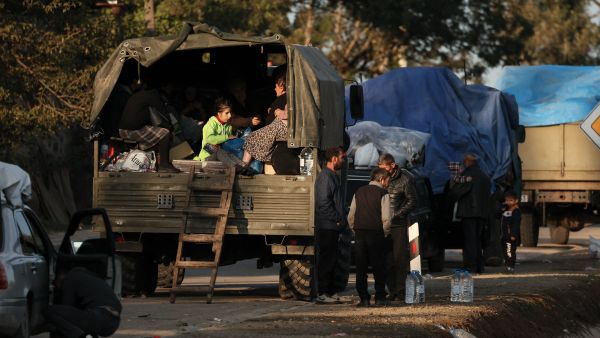ALBAWABA - Following years of intense unrest in the disputed Nagorno Karabach, Armenia and Azerbaijan have begun setting borders, as part of normalization efforts between the arch-foes.
Azerbaijan's interior ministry stated expert groups are performing "clarification of coordinates based on geodesic study of the terrain," while Armenia's interior ministry maintained the delimitation would not result in "the transfer of any parts of Armenia's sovereign territory" to Baku.
The two countries' interior ministries confirmed on Tuesday that delimitation work would begin on the ground.
Last week, the two countries reaffirmed their commitment to moving forward with boundary delimitation in the area using Soviet-era maps, sparking objections from people of surrounding Armenian communities.
Following the announcement, fresh rallies erupted in Armenia. Dozens of demonstrators blocked the important Armenia-Georgia highway at many spots, including near Lake Sevan and the village of Noyemberyan, near the Azerbaijan border, according to Armenian media.
Residents in nearby Armenian villages fear they will be separated from the rest of the country, and some properties may fall into Azerbaijani territory. The area is strategically important for Armenia, which is landlocked.
Several small sections of the Georgian highway, which are critical to the country's foreign trade, may end up in land returned to Azerbaijan. The delimited border will also be adjacent to a major Russian gas pipeline, and the area includes strategic military locations.
Last October, Azerbaijani troops reclaimed the breakaway Nagorno-Karabakh area from Armenian separatists in a rapid offensive, effectively ending a brutal three-decade standoff between the neighbors over control of the mountainous region.
While Pashinyan and Azerbaijani President Ilham Aliyev claim a broader peace agreement is within reach, remaining territorial conflicts represent a constant threat of a new flareup.







